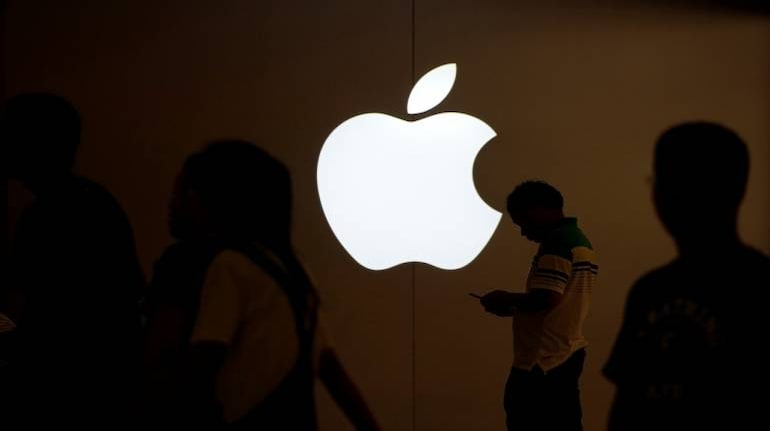
Exports of Samsung, Apple mobile phones help boost shipments of electronic goods: DGFT
India’s mobile exports touched $8 billion within the first seven months of the current fiscal, recording an average of over $1 billion per month of FY24. This means, mobile phone exports grew 60 percent more than $4.97 billion registered during the same period last year.
According to Director General of Foreign Trade (DGFT) Santosh Kumar Sarangi, there has been an “exponential” jump in exports of electronics goods from India and the increase in export of mobile phones by companies like Samsung and Apple is helping boost the electronic goods sector. In fact, electronic goods exports rose by 27.7 percent to $15.5 billion during April-October this fiscal.
Union Minister of State for Entrepreneurship, Skill Development, Electronics & Technology Rajeev Chandrashekhar has attributed this achievement to the PLI scheme for smartphones. Taking to social media platform X, he wrote, “Thanks to Prime Minister Narendra Modi’s PLI smartphone scheme, mobile exports touch $8 billion. An average of over $1 billion per month in the first seven months of FY24. Apple surpassed last full year’s iPhone export figure of $5 billion. Plus, over one lakh new jobs in 30 months since the PLI.”
Also read: Electronics manufacturing gets a fresh Rs 765-crore PLI scheme: Report
He further said that Indian companies such as Tata are now part of Apple’s supply chain, which is a “win-win for everyone”. The union minister also noted that the electronics industry and MeitY are “working together to transform India into a manufacturing hub”.
DGFT Sarangi noted how from holding the 11th or 12th position a few years ago, the electronics sector is now the fifth highest exporting commodity from India now. “The jump has been exponential and largely on account of Samsung and Apple phones being exported from our country. So, there are certain sectors which are going to see rapid growth in exports and electronics, especially mobile phones and a lot of IT hardware…will become high export commodities in future,” he said on November 22 while attending an event on MSME exports.
Sectors like electronics, value-added agri products, renewable energy items like solar panels and modules, and electric vehicles would help in taking the country’s goods and services exports to $2 trillion by 2030, he added.
“I can see that there is an enthusiasm among exporters to send more and more value-added products. So, in the coming years, it will be a major sector for exports,” Sarangi said, adding that the EV industry is also shaping up well. Large companies like Tata and Mahindra are experimenting big on these vehicles, and exports from this segment will also rise in the coming years, he noted.
The DGFT’s emphasis on vendor development programmes will help the MSME sector, which is key in pushing exports. “We need to work on this (vendor development programmes),” he said. The government is working to achieve the export target through different schemes, improving ease of doing business, promoting automation, and steps to boost domestic manufacturing, Sarangi noted.
“Parallelly, we are working on sectoral level also,” he said, adding that to provide greater market access to labour-intensive sectors like textiles and leather, India has inked free trade agreements with countries, including UAE and Australia, and is in negotiations with the UK, and European Union. Huge opportunities are there to increase exports from different districts, as at present, 70 districts out of over 760 account for 80 per cent of the country’s total outbound shipments.
In 2022-23, the country’s exports of goods and services stood at $776 billion.
(With PTI inputs)

